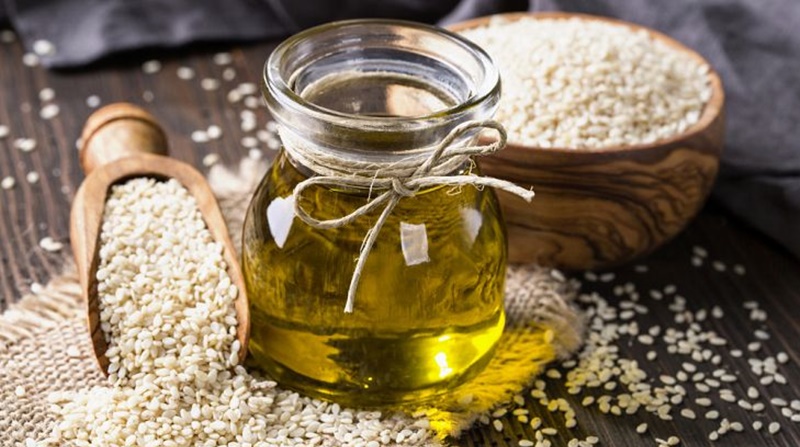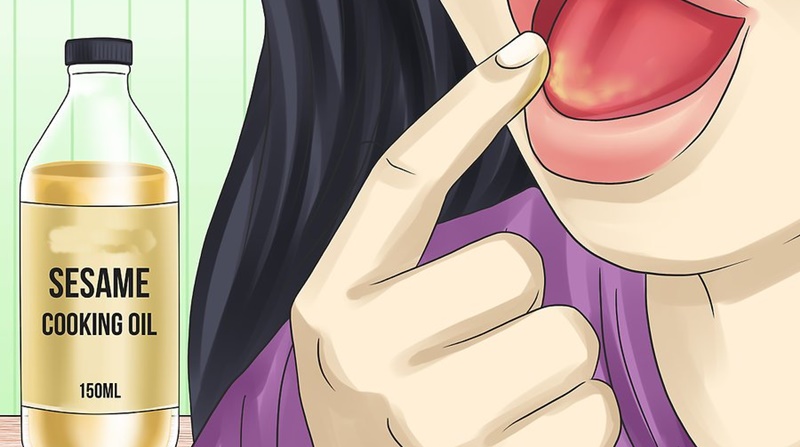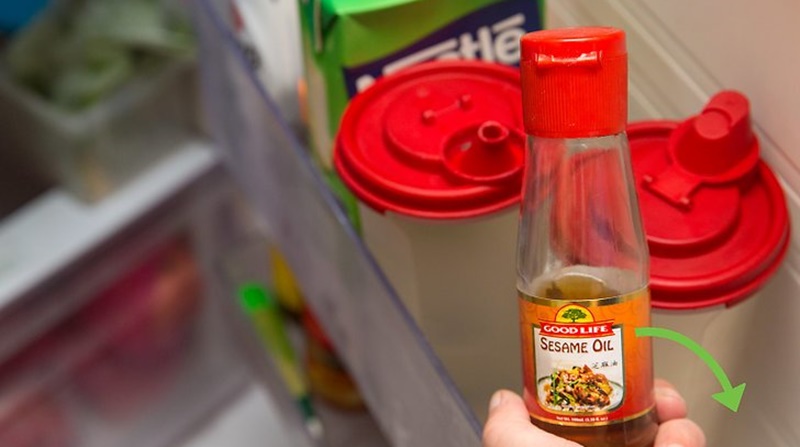1 Shelf Life of Sesame Oil
– Sesame oil has a shelf life of 1.5 – 2 years from the manufacturing date for unopened products.
– Once opened, sesame oil should be consumed within 4 – 6 months. After this period, you can still use the oil if it shows no signs of deterioration.
– However, after 4 – 6 months from the day you first open the bottle, the oil will start to degrade faster. Even with proper storage, you can only slow down the process, and the oil will eventually go bad.
– Therefore, if your household does not frequently use sesame oil, consider buying smaller bottles. Finish the oil and then purchase a new bottle, instead of buying a larger one, to prevent waste.

2 Signs of Rancid Sesame Oil
– When sesame oil goes rancid, its color usually becomes darker and more intense than when it was fresh. The scent turns from pleasant to unpleasant, with bitter and pungent notes, and the taste becomes bitter and sour.
– Note that if you store the oil in the fridge, it may appear slightly solidified. This is normal and not a sign of rancidity. Simply leave the bottle at room temperature for a few minutes, and the oil will return to its usual state and be ready for cooking.
– If you detect any of the signs of rancidity mentioned above, discard the oil immediately. Do not use it, as it will impair the flavor and quality of your dishes and may pose health risks.

3 Proper Storage of Sesame Oil
– Always store sesame oil in a cool, dark place, away from direct sunlight and heat sources like stoves and microwaves.
– Keep unopened bottles in the pantry, and store opened bottles in the refrigerator.
– Tighten the cap after each use to prevent oxidation and to keep insects and bacteria at bay.

Now you know how to choose, use, and store sesame oil to ensure its best quality. Follow these tips to enhance the flavor and nutrition of your dishes. Feel free to share your thoughts on this topic in the comments below.
Reference: doesitgobad.com

































